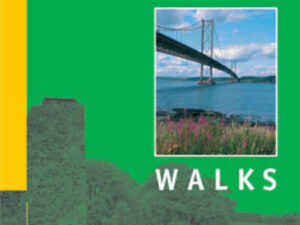Description
More perhaps than any other composer, Edward Elgar (1857-1934) has gained the status of an ‘icon of locality’, his music seemingly inextricably linked to the English landscape in which he worked. This, the first full-length study of Elgar’s complex interaction with his physical environment, explores how it is that such associations are formed and whether it is any sense true that Elgar alchemized landscape into music. It argues that Elgar stands at the apex of an English tradition, going back to Blake, in which creative artists in all media have identified and warned against the self-harm of environmental degradation and that, following a period in which these ideas were swept away by the swift but shallow tide of Modernism in the decades after the First World War, they have since resurfaced with a new relevance and urgency for twenty-first century society. Written with the non-specialist in mind, yet drawing on the rich resources of post-millennial scholarship on Elgar, as well as geographical studies of place, the book also includes many new insights relating to such aspects of Elgar’s output as his use of landscape typology in The Apostles, and his encounter with Modernism in the late chamber music. It also calls on the resources of contemporary social commentary, poetry and, especially, English landscape art to place Elgar and his thought in the broader cultural milieu of his time. A survey of recent recordings is included, in the hope that listeners, both familiar and unfamiliar with Elgar’s music, will feel inspired to embark on a voyage of (re)discovery of its endlessly rewarding treasures.





 The Reading Woman 2025 Wall Calendar
The Reading Woman 2025 Wall Calendar  Edinburgh and Lothians Walks
Edinburgh and Lothians Walks